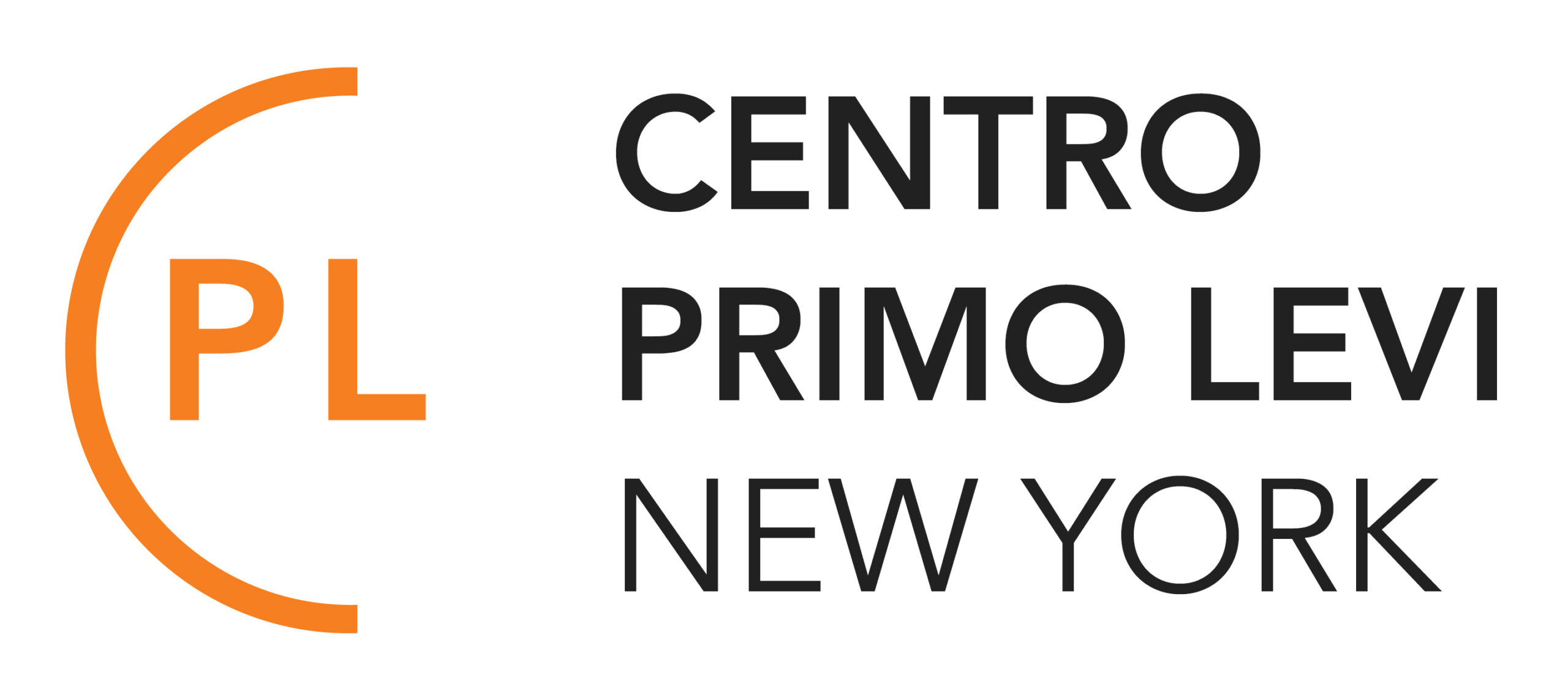Giorno della Memoria 2012. Science and Persecution
26Jan(Jan 26)6:00 pm02Feb(Feb 2)8:00 pmGiorno della Memoria 2012. Science and Persecution
Event Details
JANUARY 27 9:00 am to 3:00 pm Consulate General of Italy | Park Avenue at 69th Street REMEMBRANCE CEREMONY The Consul General of Italy, Hon. Natalia Quintavalle is renewing her
Event Details
JANUARY 27 9:00 am to 3:00 pm
Consulate General of Italy | Park Avenue at 69th Street
REMEMBRANCE CEREMONY
The Consul General of Italy, Hon. Natalia Quintavalle is renewing her predecessors’ commitment to preserve the memory of the victims of Nazi-Fascist persecution. The Consulate, in collaboration with Centro Primo Levi, is organizing the ceremony of the reading of the names of all Jews deported from Italy and Italian territories. This reading is the centerpiece in a series of events presenting and informing on the history of totalitarianism and raising awareness against racism and xenophobia.
JANUARY 29 at 2:30 pm
Museum of Jewish Heritage, 36 Battery Park Place | Free admission | No reservation required
FORGING THE “NEW MAN”
Francesco Cassata (University of Genoa), Italian Eugenics in Perspective: 1900-1945
Introduction: Alessandro Di Rocco, (NYU-Langone Medical Center – New York University School of Medicine, President of Centro Primo Levi)
A conversation with Francesco Cassata will analyze the development of eugenics in Italy, from the First International Congress of Eugenics in London (1912) to the establishment of medical genetics during the 1950s. Dr. Cassata will expose the complex interaction between eugenics and “racial science” during Fascism, focusing in particular on the definition of an alternative model of neo-Lamarckian, pronatalist and Catholic eugenics: the so-called “Latin” eugenics. Starting with the institutionalization of Italian eugenics in the early 1900’s, Cassata will trace the participation of the Italian scientific community in defining biological racism and a skewed notion of “fitness” that became central to the Regime’s juridic, social and ideological systems.
JANUARY 30 at 6:00 pm
NYU Casa Italiana Zerilli Marimò
24 West 12th Street | Free admission | No reservation required
THE REFUGEES OF CINECITTA’
World premiere, Italian w/Eglish subtitles. A documentary film by Marco Bertozzi based on research by Noa Steimatsky. Post-screening discussion with the authors
The conversion of Cinecitta’, one of Europe’s largest movie studios, into a refugee camp is the topic of this thoroughly researched film.
The camp of Cinecittà emerges as a startling phenomenon and a prime allegorical tableau of its time. The film explores the historical conditions at the time of the camp’s creation, the magnitude of its population, the duration of its existence and the broader social and political forces that governed its development.
FEBRUARY 2 at 5:30 pm
Columbia University
The Italian Academy for Advanced Studies in America
“UNNATURAL INDECENCY”: SEXUALITY AND HOMOSEXUALITY UNDER NAZISM AND FASCISM
Welcome: Barbara Faedda (Italian Academy for Advanced Studies, Columbia University)
Edward Phillips (United States Holocaust Memorial Museum), Nazi Persecution of Homosexuals 1933-1945
Elizabeth Leake (Columbia University Department of Italian)
Thousands of homosexuals, primarily gay men, perished at the hands of the Nazis in concentration camps by the Nazis along with millions of Jews and other victims including, Roma (Gypsies), Poles, Soviet prisoners of war, Jehovah’s Witnesses, and the handicapped during World War II and the Holocaust.
In 1933, the year Adolf Hitler assumed power, an estimated 1 million homosexual men lived in Germany. Nazi policy asserted that homosexual men carried a “degeneracy” that threatened the “disciplined masculinity” of Germany. As homosexuals were believed to form self-serving groups, the emergence of a state-within-the state that could disrupt social harmony was also feared. Additionally, the Nazis charged that homosexuals’ failure to father children was a factor in Germany’s declining birth rate, thus robbing the nation of future sons and daughters who could fight for and work toward a greater Reich.
“The Nazis believed it was possible to ‘cure’ homosexual behavior through labor and ‘re-education.’” As their efforts to eradicate homosexuality grew more draconian, gay men became subject to castration, institutionalization, and deportation to concentration camps. Between 1933 and 1945, an estimated 100,000 men were arrested for homosexuality, and of these, approximately 50,000 were sentenced for the crime. Most of these men spent time in regular prisons. An estimated 5,000 – 15,000 were sent to concentration camps where an unknown number of them perished.
Time
January 26, 2012 6:00 pm - February 2, 2012 8:00 pm(GMT+00:00)
Location
Multiple venues
